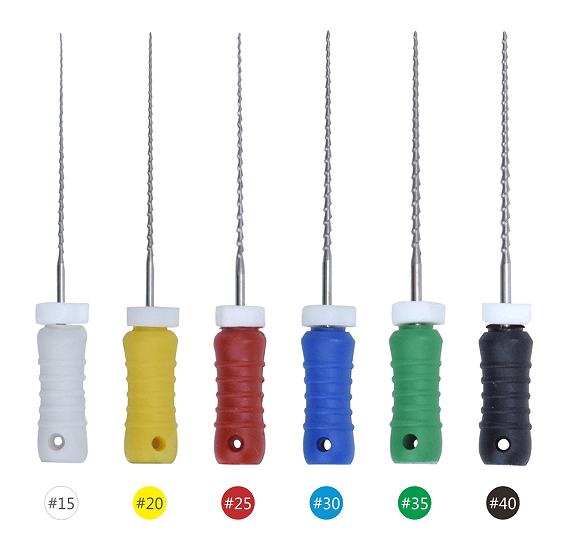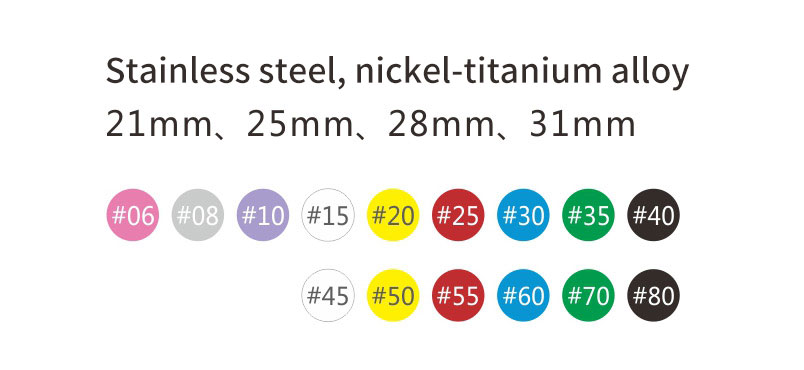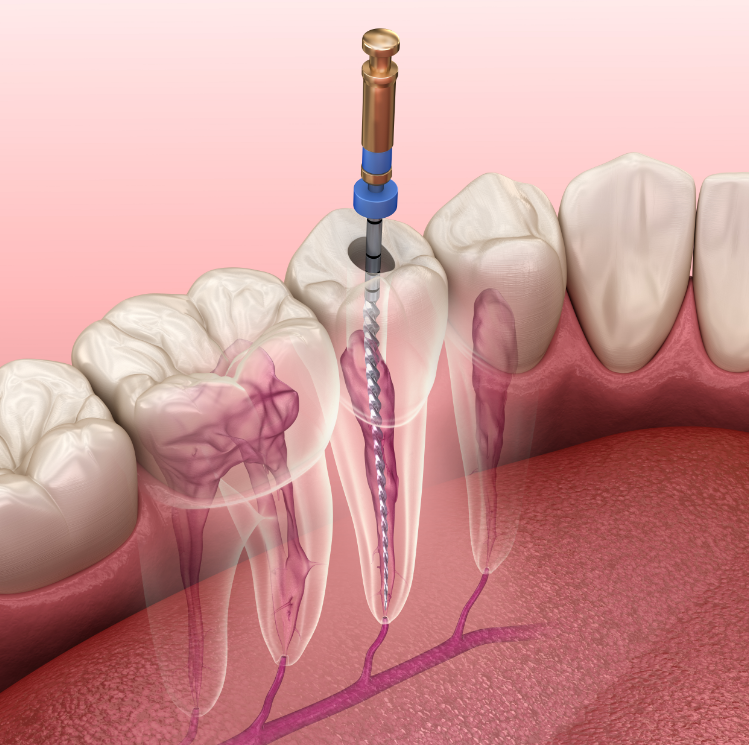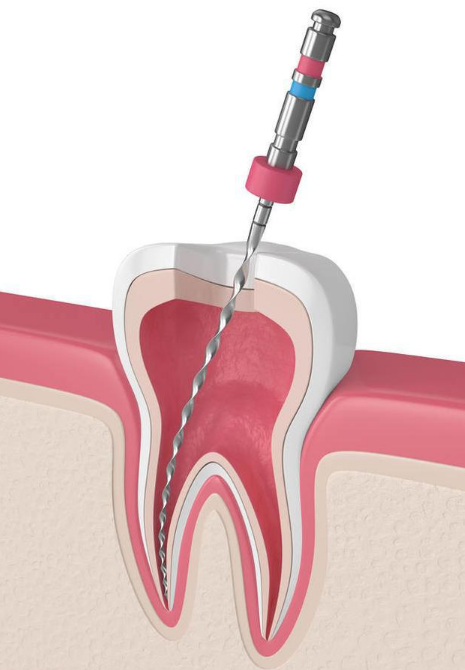Unmatched Cutting Performance and Technique
The H-File, or Hedstroem file, is a cornerstone of effective root canal preparation.
Its defining characteristic is its exceptional cutting efficiency.
This is achieved through a precise cutting angle and specialized grinding
technology during manufacturing. Each H-File features sharp,
uniform flutes designed for aggressive dentin removal. Unlike other files,
the H-File excels in a pull-stroke motion. This vertical, up-and-down action is
where its true power lies, allowing it to shape canals with remarkable speed and precision.

It is crucial to employ the correct technique to maximize its benefits and ensure safety.
The primary motion should be a deliberate, controlled pull-stroke.
Operators must avoid rotating the instrument whenever possible.
This technique leverages its design for efficient dentin removal while significantly
reducing the risk of torsional stress, which is a common cause of instrument separation.
Mastering this pull-stroke motion is key to unlocking the full potential of the H-File.

Material Selection: Stainless Steel vs. Nickel-Titanium
Modern H-File instruments are available in two primary materials,
each offering distinct advantages for different clinical situations.
The traditional choice is Stainless Steel. These files are known for their high
rigidity and superior cutting force, making them a cost-effective and powerful
option for straightforward, linear canals. Their stiffness provides
excellent tactile feedback to the clinician.

The advanced option is Nickel-Titanium (NiTi).
NiTi H-Files bring the revolutionary benefits of superelasticity and
enhanced flexibility to this instrument design. This makes them ideally
suited for navigating curved and complex root canal systems.
Their ability to maintain their center and follow the natural canal path greatly
minimizes the risks of transportation, ledge formation, and perforation.
The choice between Stainless Steel and NiTi is a strategic decision based on canal anatomy.
Choosing the Correct Length for Clinical Success
To accommodate the varied anatomy of the human dentition,
H-Files are manufactured in a range of standardized lengths.
Selecting the appropriate length is fundamental for both safety and procedural efficiency.
The common lengths available are 21mm, 25mm, 28mm, and 31mm.
The 21mm files are typically used for anterior teeth and premolars.
25mm is considered the standard length, suitable for a wide range of cases.

For longer roots, commonly found in molars and some canines,
the 28mm and 31mm options are essential. Using a file of sufficient length
prevents over-insertion of the handpiece and ensures the entire canal
length can be properly instrumented. Pre-operative radiographic measurement is
vital for selecting the correct H-File length, contributing to a
predictable and successful treatment outcome.


